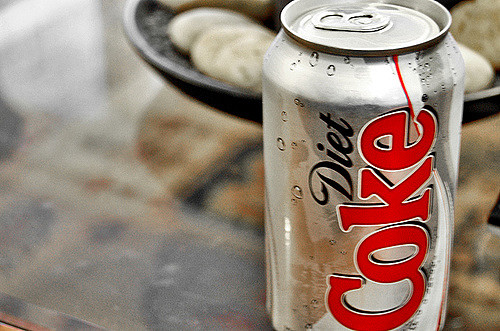Endomorph diet: Diet plans and exercises for people with a slow metabolism, low muscle mass and high amounts of body fat
09/24/2020 / By Divina Ramirez

There is no one-size-fits-all approach to health and nutrition. Different bodies function at different paces, and this pace dictates the ideal diet for that particular person. For this reason, proponents of healthful dieting support the idea of adopting diet plans designed according to the particular needs of people’s bodies.
Endomorph challenges
People with large bone structures, short statures and sluggish metabolisms are considered to have endomorphic bodies. This means that their bodies have an easier time gaining weight but a harder one losing it. Endomorphic bodies also have more fat than muscle, which further complicates weight loss.
From a clinical standpoint, healthcare professionals explain that these classifications are antiquated and have little bearing on the health of the individual. In other words, people with endomorphic bodies could be just as “fit” as those classified under the other two categories, ectomorph and mesomorph.
Nonetheless, people with endomorphic bodies could still benefit from controlling their food choices, as well as altering their exercise routines to address their bodies’ specific needs. Doing so would help keep them from putting on too much weight and facing a greater risk of metabolic disorders like diabetes as a result.
The endomorph diet
Sources differ on the best or most ideal endomorph diet plan. But in general, it tends to focus on losing weight and keeping it off in the long run.
Phil Catudal, a National Academy of Sports Medicine-certified personal trainer, explains that endomorphs tend to have smaller upper bodies with rounded hips and thighs, as well as narrow shoulders and waist.
Therefore, it should come as no surprise that diets purported to be designed for endomorphic bodies focus on weight loss the most.
Nonetheless, an endomorph diet plan could also be used as a guideline for boosting strength, in general, and gaining muscle mass. (Related: Whey protein helps with muscle weight gain.)
Plus, even without the weight loss aspect, the endomorph diet promotes good nutrition since it features nutrient-rich and plant-based foods. Some good examples of foods fit for an endomorph diet include:
- Poultry
- Fatty fish
- Olive oil
- Avocado oil
- Eggs
- Nuts
- Beans
- Lentils
- Chickpeas
- Fruits, except melons and pineapple
- Low-fat milk and milk products
- Cruciferous vegetables
- Whole grains
- Sweet potatoes
- Yams
- Carrots
- Quinoa
Meanwhile, people following an endomorph diet should also aim to limit their consumption or avoid certain foods altogether. These include:
- White bread
- White rice
- Store-bought pasta
- Pastries
- Candies
- Milk chocolate
- Sodas
- Refined cereals
- Instant oatmeal
- Fried foods
- Cured meat
- Red meat
- Full-fat milk and cream
- Alcohol
- Vegetable oils
Furthermore, unlike other diet plans, the endomorph diet does not limit calorie intake. However, the American Council on Exercise (ACE) does encourage a near-equal split of macronutrients.
In particular, 35 percent of an endomorph diet should be comprised of protein-rich foods, 35 percent should be nutritious high-fat foods and 30 percent should be high-carb foods.
To put that into perspective, the diet of the average adult in the US is almost 50 percent, 15 percent protein and 35 percent fat, according to a 2018 report from the Centers for Disease Control and Prevention (CDC).
Exercising for an endomorph body type
On top of altering their diets, people with endomorphic bodies should also follow a “well-rounded” fitness program that emphasizes cardio and resistance training, as per the ACE.
Such a program could make it easier for the individual to burn calories, build muscle mass and boost their metabolism. These are two of the best training programs for endomorphic bodies:
- High-intensity interval training (HIIT) – This method involves alternating between high-intensity exercises, like push-ups and sprints, and low-intensity exercises, like walking and stretching.
- Steady-state training (SST) – This method involves longer exercise sessions of moderate to low-intensity exercises. Some good exercises for this approach include walking, jogging and swimming.
Regardless of age or sex, aim to get at least 30 to 60 minutes of SST exercises and 30 minutes of HIIT twice or thrice a week.
People’s bodies differ when it comes to gaining and losing weight. But with the right diet and exercise routine, it’s possible for those with endomorphic bodies to lose weight and keep it off for the long-term.
Learn more about the ideal diets for different body types at Slender.news.
Sources include:
Tagged Under: #nutrition, clean food, diet, endomorph diet, exercise, fightobesity, fitness, organics, weight loss
RECENT NEWS & ARTICLES
COPYRIGHT © 2017 FOOD SCIENCE NEWS




















